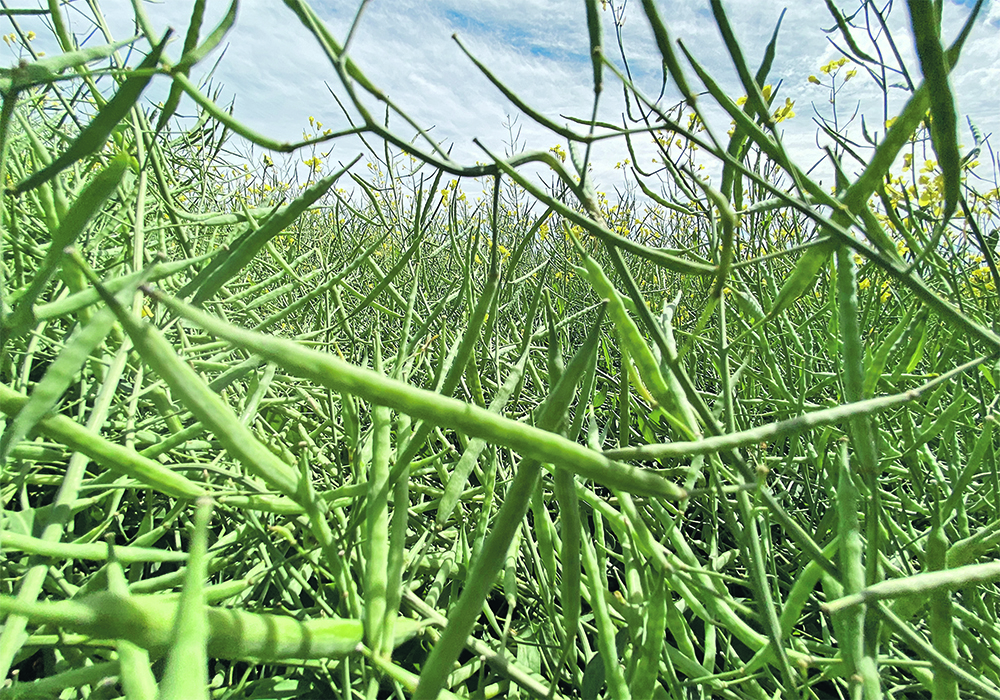I remember when $500 per tonne was a good price for canola. That was between late 2014 and the beginning of 2021, at the top end of the range that held from the end of the previous commodity bull market until the present one took off in early 2021.
Today’s $850 looks awesome by comparison.
But that doesn’t take into account spring fertilizer prices many producers had to lock in, like urea from $900 to $1,350 per tonne, NH3 at $2,000 and phosphorus at $1,350.
Those fertilizer prices would be much easier to cover with spring canola futures prices of nearly $1,100 per tonne. They’re harder to cover today at $850 on November futures.
Read Also

Huge Black Sea flax crop to provide stiff competition
Russia and Kazakhstan harvested huge flax crops and will be providing stiff competition in China and the EU.
Who knows where prices will be after harvest and the crop is in the bin?
Speculating about that is an interesting guessing game but guessing the right answer is a mug’s game.
The markets right now are giving us an excellent example of how crop prices are about much more than simple crop supply and demand fundamentals. With droughts and other dreadful weather situations reducing crops in many places, including Western Europe and China, it’s hard to find convincing reasons for the markets to relax about 2022-23 crop supplies, and fundamental justification for the substantially lower crop prices we have today.
But you can find that justification in the “outside markets,” in the general drop in commodity market prices from metals through energy. Those charts aren’t dissimilar to canola’s. Look at the world’s stock markets. They haven’t had a good summer.
Listen to the endless speculation in markets and economics circles about whether the globe is falling into a recession and what impact much higher interest rates will have on future growth.
As David Derwin of P.I. Financial pointed out in a recent column in the Manitoba Cooperator:
“Markets are just a series of interconnected economic, political and social dominoes that act and react with one another as they drift through time and space together. What happens in one area can have a large or small effect on another area right away, or over time.”
There is every reason to be hopeful for higher autumn-winter crop prices. Regardless of the equity and non-ag commodity markets, food crop prices can break into their own bullish movements when enough people and governments around the world get worried about crop supplies. Most of the world’s crops don’t look great, and they’re still out in the field, inviting all the dangers that weather, bugs and disease can bring.
And prices right now aren’t bad anyway, compared to where they were in late February and before. It’s only that spring surge that makes today’s charts look so disappointing. Prices were $100 per tonne lower in December than February or today.
Crop prices can look volatile, but profitability can be even more volatile. Earlier this summer StoneX’s Josh Linville encouraged the farm folks attending Ag in Motion to connect the pricing of their fertilizer with the sales price of their crops, at least for a portion of their likely production. That’s a risk management spread trade.
Farmers operate in a spread trade world, living in the space between cost-of-production and crop prices. Things get ugly when the spread goes the wrong way. They can become very nice when the spread goes the right way.
Where will the spread be in October, when unpriced crops are in the bin and fertilizer bills are due? That’ll have something to do with crop supply and demand fundamentals, commodity complex values, stock market sentiments, interest rate policies, economic conditions and currency exchange rates. If you can figure out which of those will matter most and least, and by how much, let me know.


















